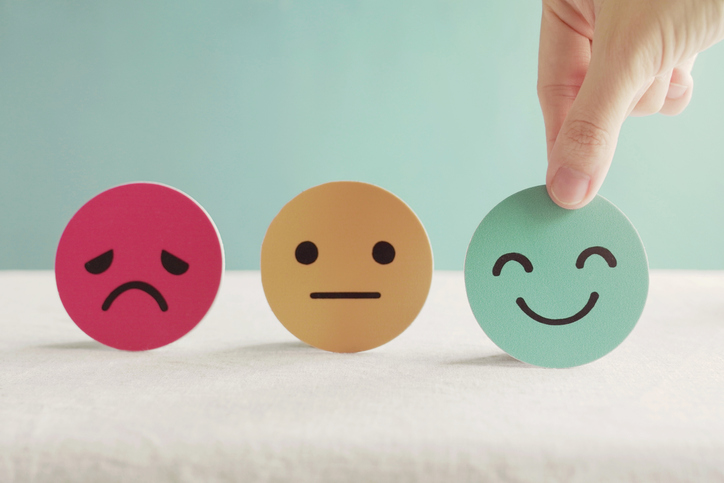Job satisfaction up, unemployment down
Quirk’s ongoing research salary and compensation study debuted at the height of the Great Recession, which has allowed us to see the evolution of researchers’ environments and dig deeper into important industry topics.
While the 2021 Q Report will dive into a variety of topics – diversity, hiring trends, education, predictions for the future and more – we thought it would be valuable take a peek at two sections we didn’t have space to cover in the report: job satisfaction and unemployment.
Job satisfaction among marketing research and insights professionals
How satisfied are you with your current employment?
This is a question our team has posed to our readers – client- and supplier-side researchers – for years, though it felt like a more daunting ask after months of change and global uncertainty.
Their response? The majority are satisfied. In fact, 77% report being somewhat satisfied, satisfied or very satisfied with their current employment. To give some perspective on this, we pulled stats from previous years: 75% reported they are somewhat satisfied, satisfied or very satisfied with their current employment in 2019, as compared to 74% in 2016 and 68% in 2011.
One respondent wrote, “I love it! I have to motivate myself, but the idea of gleaning some type of learning from talking to a customer, reading over survey results, etc., makes me happy and keeps me going.”
Unemployed respondents
Interestingly, as job satisfaction trends (slightly) up, unemployment is down as compared to past Quirk’s surveys.
In 2017, 2018 and 2019, unemployment hovered close to 2.5% of the total respondent base. This year, total unemployed respondents fell to 0.83%.
This is a good place to note that Quirk’s survey is conducted among Quirk’s readers, which historically register on our site using a mix of work and personal e-mail address. Methodology for all years cited in this article has remained consistent. We did not ask about employment status in 2020 due to the number of furloughs and temporary layoffs throughout the world related to the COVID-19 pandemic.
Respondents who selected that they were unemployed were posed an open-ended question, “What do you think is the greatest difficulty in finding employment?” They gave a variety of responses:
“Flexibility to work from home and keep a consulting schedule while working for someone else. I'm used to the feast or famine pace.”
“Many companies are looking for individuals who have insight experiences, rather than management/operations.”
“At a more senior level [and] there are simply fewer open positions. There is also a higher bar for specific experience/requirements, which makes it harder to extend my search beyond CPG market research where I've spent my career. Have to rely much more heavily on networking.”
“Length of time I spent doing the same job (not moving to other companies, or laterally within the same companies).”
“Salary comparable to last job.”
“Right opportunity that suit to your experiences in the field of work.”
Ageism and age discrimination were mentioned several times, along with one respondent who wrote, “Being overqualified/older and less experience in new technologies.”
Of those who selected unemployed, 89% state they are actively seeking employment and 81% are expanding their job search outside of the marketing research industry.
Exploring the lives of marketing research and insights professionals
The 2021 edition of the Q Report, Quirk’s annual corporate researcher and salary survey, will be published later this month. To view past editions and learn more, visit https://www.quirks.com/tools/corporate-researcher-report.
Methodology
The 2021 Q Report work life and salary and compensation study is based on data gathered from an invite-only online survey sent to pre-qualified marketing research subscribers of Quirk’s. The survey was fielded from June 10 to July 16, 2021. In total we received 1,951 usable qualified responses of which 816 were from end-client researchers. An interval (margin of error) of 2.16 at the 95% confidence level was achieved for the entire study. (Not all respondents answered all questions.)
